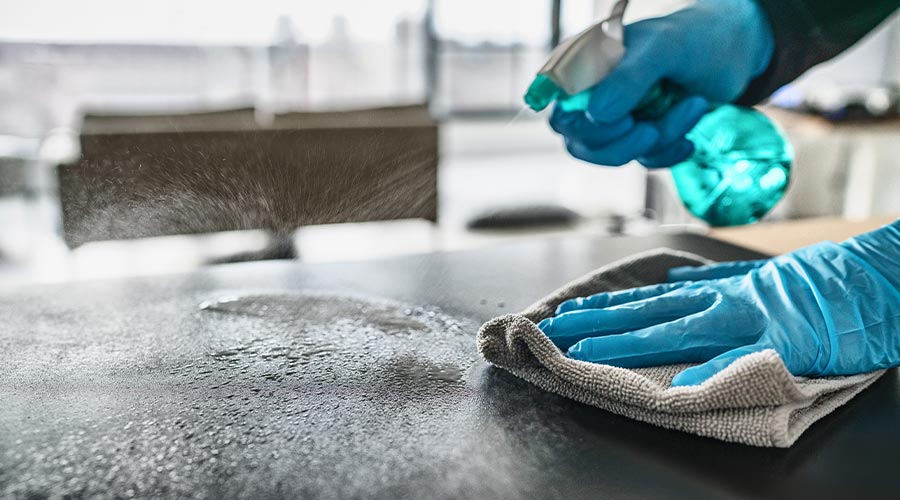
The infection control market in terms of revenue was estimated to be worth $51.0 billion in 2024 and is poised to reach $69.2 billion by 2029, growing at a CAGR of 6.3 percent from 2024 to 2029 according to a new report by MarketsandMarkets.
The infection control market has grown as a result of many drivers, including rising healthcare-associated infections (HAIs) and antibiotic resistance drive demand for innovative solutions. Aging populations with weakened immune systems, coupled with an increase in complex surgeries and minimally invasive procedures, create fertile ground for infection risks.
Notable Trends
Technological advancements like automation, artificial intelligence (AI) in disinfection robots, and nanotechnology-based antimicrobial surfaces offer promising solutions. Sustainability is gaining traction, with eco-friendly disinfectants and reusable personal protective equipment (PPE) gaining favor. Furthermore, growing awareness of occupational hazards in healthcare settings fuels demand for safer equipment and training. This dynamic market is poised for continued growth, driven by the relentless pursuit of preventing infections and safeguarding public health.
The market growth of infection control is significantly boosted by advancements in sterilization equipment technology. These innovations enhance efficiency and efficacy in sterilization processes, meeting rising demands for infection prevention across various industries. As technology evolves, businesses can access more sophisticated solutions, driving market expansion and improving overall infection control standards.
Furthermore, the infection control industry is growing as the number of surgical operations increases. With surgical interventions becoming more common, there's a heightened need for stringent infection prevention measures. This surge in surgical activities drives the demand for infection control products and services. As healthcare facilities strive to maintain sterile environments, the market expands to meet the increasing requirements, fostering business opportunities within the industry.
Cleaning and disinfection products hold the largest market share in the infection control market. This dominance stems from their pivotal role in preventing the spread of infections across various sectors. As businesses and healthcare facilities prioritize cleanliness and hygiene, the demand for effective cleaning and disinfection solutions continues to surge. These products play a crucial role in maintaining sanitized environments, especially in the face of heightened awareness about infectious diseases. With stringent regulations and standards driving the need for robust infection control measures, cleaning and disinfection products remain indispensable, commanding a significant portion of the market.
In 2023, the hospitals & clinics segment dominated the infection control market. The infection control market for hospitals and clinics is booming, fueled by several key factors and trends. Firstly, the rising prevalence of hospital-acquired infections (HAIs) and antibiotic-resistant bacteria creates a constant need for stricter hygiene protocols and advanced technology. Secondly, an aging population with weakened immune systems increases susceptibility to infections, demanding more robust prevention measures. Additionally, the growing number of surgical procedures and minimally invasive surgeries necessitates meticulous sterilization practices.
Public awareness of pandemics like COVID-19 has heightened focus on sanitation and PPE, driving demand for these products. Technological advancements play a crucial role, with innovations like ultraviolet disinfection systems, automated hand hygiene dispensers, and robotic cleaners gaining traction. Looking ahead, the market is expected to see increased adoption of single-use medical devices, outsourcing of sterilization services, and a focus on sustainable infection control solutions.
For more trends on the infection control market, the report can be accessed here.

 The Down and Dirty on Cleaning in Virus Season
The Down and Dirty on Cleaning in Virus Season How Surfactant Use is Expanding in Commercial Cleaning
How Surfactant Use is Expanding in Commercial Cleaning Operational Excellence Series 2025: Better Budgeting
Operational Excellence Series 2025: Better Budgeting